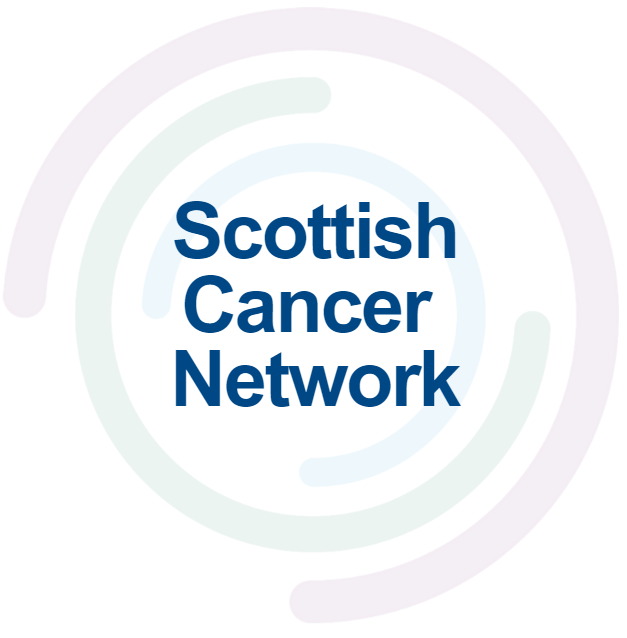The offer of a gene panel test should be considered for individuals diagnosed with a cancer that meet one or more of the following criteria.
Eligibility Criteria:
Patient diagnosed with
- Breast cancer under age 40
- Bilateral breast cancer, both under age 60
- Triple negative breast cancer (TNBC), under age 60
- Breast cancer under age 45 with (at least) one 1st degree relative under age 45
- Breast cancer AND ovarian cancer, any age
- Male breast cancer, any age
- Breast cancer AND 10% or more probability of a germline pathogenic/likely pathogenic variant based on CanRisk (all genes) or a Manchester score of 15 or more.
Genes to be tested
Breast panel: BRCA1, BRCA2, TP53, PALB2, PTEN, STK11, ATM, CHEK2, RAD51C and RAD51D. CDH1 is not included in the panel however can be added when appropriate eligibility criteria* met.
*CDH1 criteria for testing:
- Lobular breast cancer and diffuse gastric cancer (both <70 years)
- Bilateral or multiple ipsilateral lobular breast cancer <50 years
- Lobular breast cancer <70 years plus≥1 FDR/SDR with diffuse gastric cancer at any age
- Lobular breast cancer and ≥FDR/SDR has diffuse gastric cancer (≥ 1 case occurred < 70 years).
Eligibility for testing in individuals affected with other cancers such as ovarian, prostate or pancreatic cancers: please refer to the Scottish Genomic Test Directory for eligibility criteria and appropriate panel details.
Types of Testing
- Treatment Focused Testing: Testing in patients to inform treatment or follow up may be undertaken by a Registered Healthcare professional involved in the patient’s care, following local protocols. Testing is generally restricted to breast surgery and oncology teams taking consent. If eligibility is uncertain, the patient can be referred to the Genetic Services for assessment of eligibility or additional discussion. All patients with a clinically significant variant should be referred to Genetic Services for appropriate counselling and support.
- Testing for a person with no personal history of breast cancer but with an available affected relative who meets the criteria for testing: The person with no personal history of cancer should be advised to ask their relative to seek testing (via their own cancer service or via their local genetic services). If it is not possible to test a living affected relative, it may be possible for testing to be carried out in a deceased relative affected with breast or ovarian cancer, if there is
- A tissue sample available for DNA extraction, AND
- Pathology-adjusted Manchester score ≥17 or CanRisk score ≥15%, AND
- No living affected individual is available for genetic testing
- Testing for a person with a family history, but no personal history, of breast / ovarian cancer and no available affected relative to test (unaffected testing): Genetic testing can be offered by clinical genetics to an unaffected individual if their Manchester score is ≥19 , or their probability of germline pathogenic/likely pathogenic variant on CanRisk is ≥10%.
- Testing for a person with a known pathogenic/likely pathogenic variant in the family: If a pathogenic or likely pathogenic variant is identified in an individual, then relatives also at risk of inheriting the variant can be offered testing regardless of whether they have had cancer or not. The Clinical Genetics team cascades and undertakes the offer of predictive testing to at-risk relatives.
Assessing Risk following Genetic Testing
The following outcomes of germline testing will confer a very high risk (>40% lifetime risk) of breast cancer in females
- Heterozygous pathogenic/likely pathogenic variants in BRCA1, BRCA2, TP53, PALB2, STK11,PTEN and CDH1.
- Heterozygous c.7271T>G variant in ATM
- Homozygous or compound heterozygous pathogenic/likely pathogenic variants in ATM and CHEK2.
Heterozygous pathogenic/likely pathogenic variants in ATM, CHEK2, RAD51C and RAD51D are generally considered to confer a moderately increased risk (lifetime risk between 17-30%). However, an individualised risk assessment using CanRisk should be completed to factor in both genetic test results and family history.
Radiation Contraindications
Radiation is contraindicated in individuals with ATM homozygote (or compound heterozygote) or TP53 heterozygote pathogenic/likely pathogenic variants.
